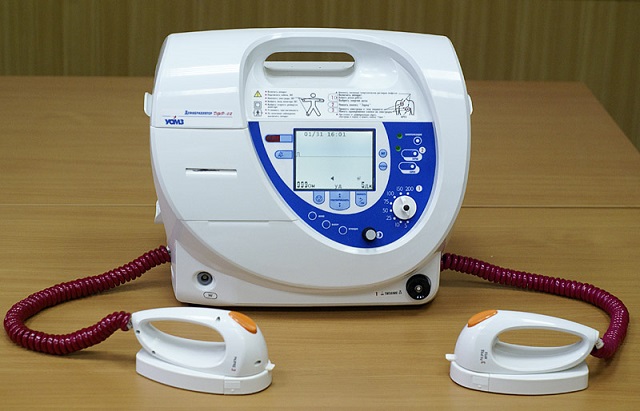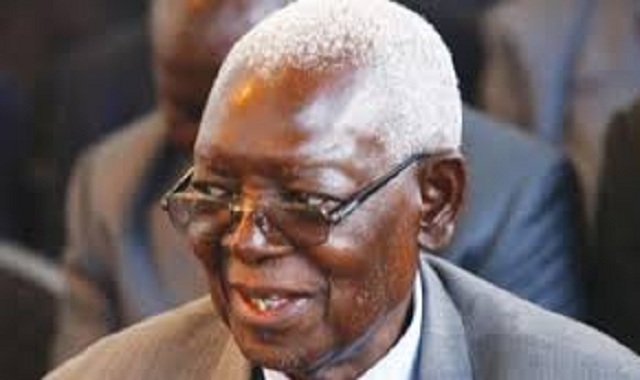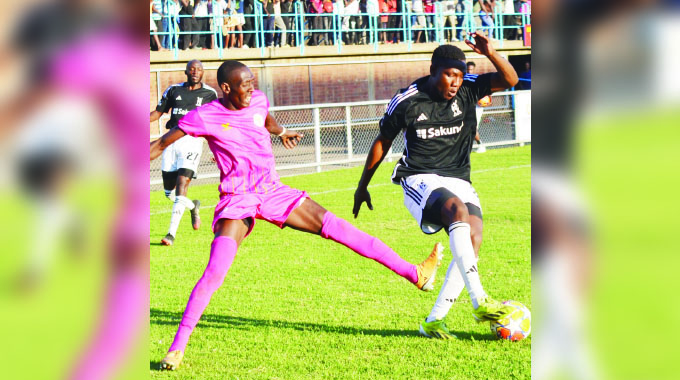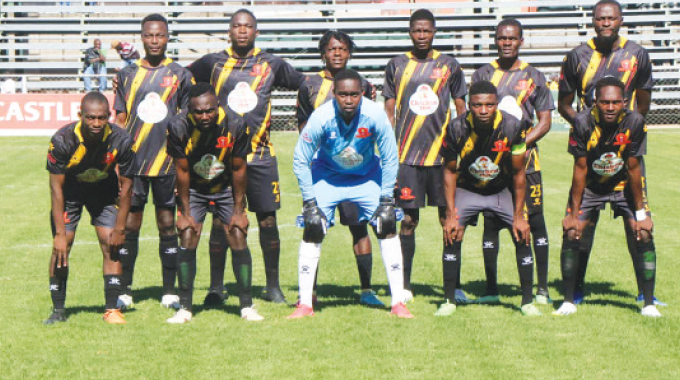Club doctors to get life saving equipment

Sikhumbuzo Moyo, Senior Sports Reporter
THE Zifa sports medicine committee says it will roll out a programme to empower club doctors with the latest Fifa-approved medical equipment amid growing concerns of infield player sudden deaths.
This comes almost five years after calls for Zifa and the Premier Soccer League to provide a match doctor for matches under their jurisdiction after the realisation that most teams, in both the elite and lower leagues, do not have qualified medical doctors.
“We had a meeting last week Friday where we discussed a number of ways to make our players feel safe. We agreed that there must be strict adherence to Caf and Fifa requirements in as far as players’ health is concerned and that means it must be mandatory for players to undergo thorough medical examination before going onto the field,” said the sports medicine committee chairperson Tawanda Chagonda.
He said grave concerns were raised over the increasing number of players dying on the pitch partly as a result of teams not having well equipped medical apparatus.
Calls have also been made for mandatory acquisition of defibrillators by teams.
A defibrillator is a machine used to shock the victim’s heart and restore the heart’s normal rhythmic patterns. When a defibrillator is used, it in effect kicks the heart into action again, causing it to resume sending blood throughout the body.
“The first 90 seconds are essential and therefore Fifa requires that all paramedics must have a defibrillator. In fact, according to international standards the device must be produced during the pre-match meeting so we are encouraging the Premier Soccer League to make sure that is followed,” former sports medicine committee secretary Nick Munyonga said in 2012.
Eleven years after the sudden death of Cameroonian star Marc-Vivien Foe during a Fifa Confederations Cup match in France at the age 28, Fifa introduced and equipped teams with standardised emergency medical bags for the 2014 World Cup finals in Brazil.
In November 2013, Fifa passed a rule mandating that at least one AED must be available on the sidelines of all Fifa competitions and matches.
According to Fifa’s Sudden Death Registry, the incidence of SD (sudden death) in young athletes is 0.5-3 per 100 000 per year and this rises from the age of 35 upwards. The risk of SD is dependent on gender (in about 90 percent of cases the athletes affected are men), age (most common in 40-50 years) and exercise intensity (higher risk at higher exercise intensities). Most non-traumatic deaths in sport are attributed to cardiovascular abnormalities.
In young athletes under 35 years of age, hypertrophic cardiomyopathy (HCM), coronary anomalies, myocarditis and arrhythmogenic right ventricular cardiomyopathy (ARVC) are the leading causes of cardiac arrest.
Coronary artery disease (CAD) accounts for the vast majority of fatalities in athletes aged over 35 years. In two percent to five percent of cases, there is no evidence of structural heart diseases.
The cause of these cardiac arrests is most likely related to a primary electrical heart disease such as inherited cardiac ion channel defects (channelopathies), including long and short QT syndromes, Brugada syndrome and polymorphic ventricular tachycardia.
The distribution of the different cardiac diseases seems to vary across different regions and the role of ethnicity is not fully understood.
@skhumoyo2000










Comments